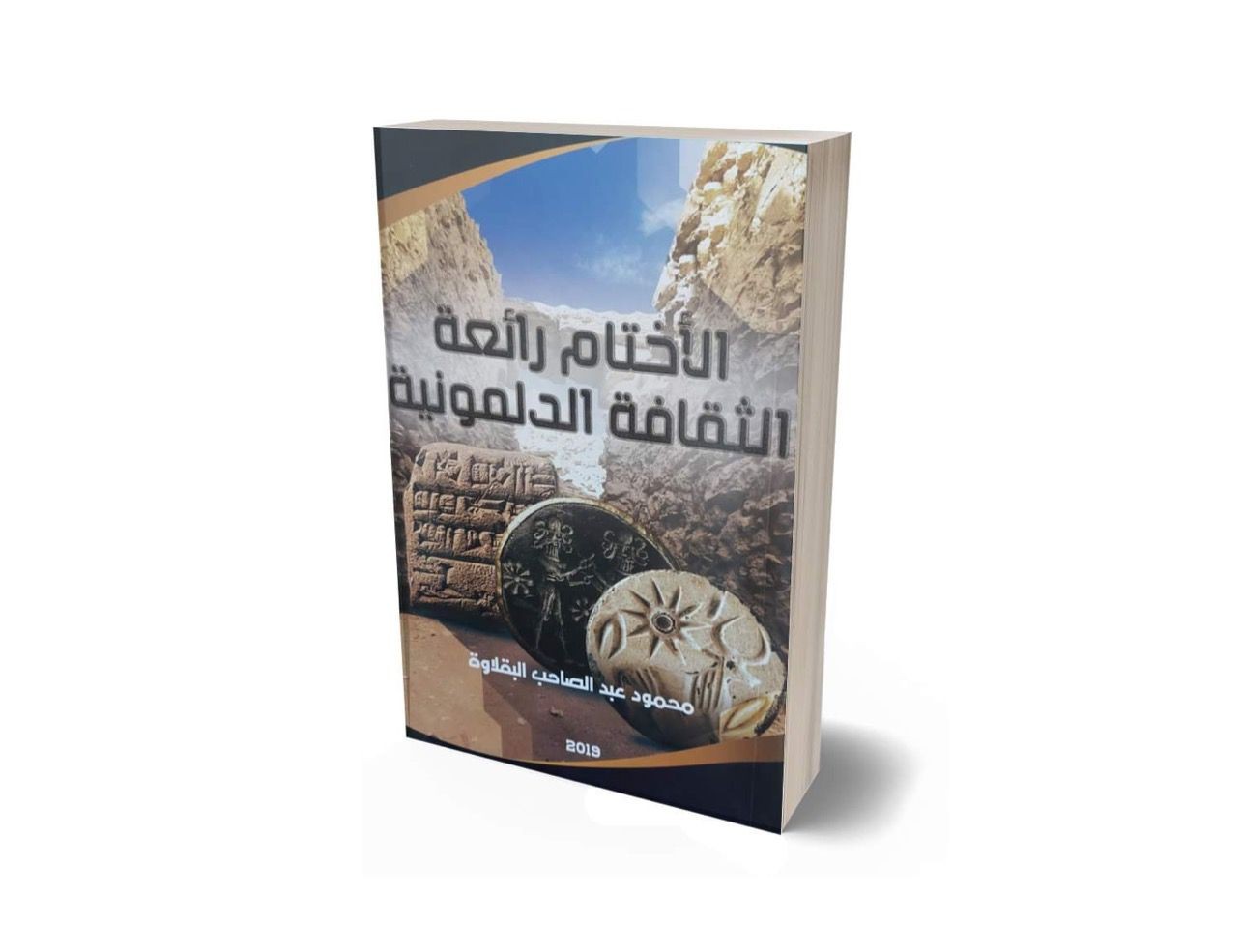In an adventure charged with ambitions and challenges, the Sumerian king "Gilgamesh" set off from Mesopotamia after being shocked by the death of his close friend "Enkidu". He headed towards the island of "Dilmun" which is now known as "Bahrain and the eastern Arabian Peninsula", hoping to meet the sage "Ziusudra" to learn from him the secret of eternal life that would save him from death. As soon as he set foot on the shores of that island, another adventure began, memorialized on the eleventh clay tablet of the "Epic of Gilgamesh", the longest literary works in human civilization history. It reminds generations of a civilization that thrived on a land where the God bestowed His blessings, grace, and the bounties of its land and heavens, making it a haven for peace and societal and economic prosperity. This continued until the discovery of the Dilmun seals, which are believed to have appeared in the early Dilmun era during the third millennium BC, serving as tangible proof of those manifestations of prosperity. This is what Bahraini historian Mahmoud Abdul Sahib Al-Baghdadi focused on explaining in his book "The Seals: A Masterpiece of Dilmun Culture".

The Seals... and the Trade Movement:
The Dilmun civilization was not isolated from the economic and cultural movement in other civilizations, but was keen to enhance cultural communication and trade and economic exchange between it and the world, allowing itself to influence and be influenced by it. The seals stamped on the clay tablet served as a lock for the produced exported goods and a mark of their quality, which played a crucial role. The author confirmed this by saying, "The awareness spread from what is internal from the temple to the Dilmun society and reached other societies in Mesopotamia, Sindh, Elam, Susa, Persia, Phoenicia, Lebanon, Ebla in Syria, and others. Its spark ignited in this direction with activity, creativity, and production. The narratives of the Dilmun seal scenes coexisted with its context dense with cultural implications, dynamically exchanging influence and affectedness... Pg 43". He continues the same idea on pg 45, referring to some Dilmun products and goods worthy of export abroad: "In the seals, the implications of the Dilmun economy, which primarily relies on agricultural products, are highlighted. The palm trees stand tall next to transformative economic and industrial activities, in addition to trade workers, navigation, transportation, and sea fishing, along with the adoption of the Dilmun weight unit internationally."
The Seals... and Social Status:
Places of worship, rituals, and sacred figures played a significant role in Dilmun culture. It appears that temples dominated a significant part of societal life on that island. Considering the seals were of spiritual and material value, they were certainly made under their supervision. The book points to this theory in these lines: "The temple was the dominant, mediator, and organizer in issuing these seals in a centralized process. Many finished and unfinished seals were discovered in one of the rooms in the Saar settlement, believed to be a workshop and factory for making these seals. These seals remain to establish ownership and individual rights, organize sales and purchase transactions, preserve product quality, know its source, and export it... Pg 45". Each of the Dilmun seals was a clear indication of the social status of the person who owned it. The author notes on pg 47 of his book that some of these seals were found adorned with gold covers to announce the high social value of their owners in that period. This confirms what was stated on pg 45 of the book when he said, "The Dilmun seals, besides their beauty and artistry, announce that they are an organizational tool in transactions, purchases, branding, and at the same time a personal signature for society members, which distinguishes the individual and makes them unique in the social intellectual movement where solidity, distinguished social status, and special personality are present".

Comments